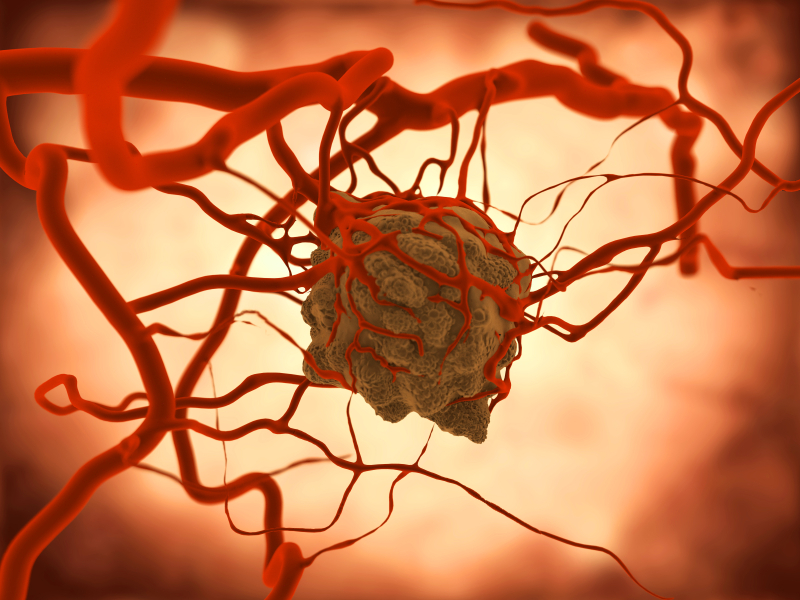GLA 与顽疾、危疾
| 在已发展国家,癌症是导致死亡的第二大元凶。一般抗癌药物非选择性地杀死癌细胞与正常细胞, 其副作用亦影响了很多患者的生活质量。 饮食辅助(如补充多元不饱和脂肪酸)已被证明可以透过改善细胞膜流动性而增强药物疗效并减低副作用。GLA 被认为是其中一种可辅助化疗的多不饱和脂肪酸,包括乳腺异变细胞,胰腺异变细胞,结肠异变细胞,脑异变细胞等。 2,3,6,9 |
 |
GLA 与顽症
在前临床研究中, GLA 已被证明可发挥以下的抗异变细胞活性:
- 抑制异变细胞转移7
- 抑制异变细胞中血管增生7
- 刺激异变细胞细胞凋亡 / 死亡2
- 选择性地杀死异变性细胞1
GLA 和其他化疗药物之间的协同作用
GLA 本身不仅可直接杀死异变细胞,也可以与多种化疗药物产生协同作用, 如paclitaxel5, vinorelbine8, doxorubicin4, mitoxantrone and idarubicin10, 5-fluorouracil 和 germcitabine6。
更值得注意的是,一针对乳腺异变细胞的临床试验中证实了合并服用 GLA 与药物 tamoxifen 能提高药物的疗效, 减少的副作用及缩短治疗反应时间3,这进一步表明 GLA 可与化疗药物一同应用并作为辅助疗法。
参考文献
- Undurti N. From bench to the clinic: γ-linolenic acid therapy of human gliomas. Prostaglandins, leukotrienes and essential fatty acids. 2004: 70, 539-552.
- Mainou-Fowler T et al. Gamma-linolenic acid induces apoptosis in B-chronic lymphocytic leukaemia cells in vitro. Leuk Lymphoma. 2001 Jan;40(3-4):393-403.
- Frances S. KENNY et al. Int. J. Cancer. 2000: 85, 643–648.
- J.A. Plumb et al. Effect of polyunsaturated fatty acids on the drug sensitivity of human tumor cell lines resistant to either cisplatin or doxorubicin. Br. J. Cancer 1993; 67, 728-733.
- J.A. Menendez et al. Effects of gamma-linolenic acid and oleic acid on paclitaxel cytotoxicity in human breast cancer cells. European Journal of Cancer. 2001: 37, 402-413.
- P.A. Whitehouse et al. Pancreatology. 2003: 3, 367-374.
- J. Cai et al. Inhibition of angiogenic factor- and tumor-induced angiogenesis by gamma linolenic acid. Prostaglandins, leukotrienes and essential fatty acids.1999: 60, 21-29.
- Javier Abel Menendez et al. 2002: 72, 203-219.
- WG Jiang et al. Inhibition of hepatocyte growth factor-induced motility and in vitro invasion of human colon cancer cells by gamma-linolenic acid. British Journal of Cancer. 1995: 71, 744-752.
- C.L. Davies et al. Effect of γ-linolenic acid on cellular uptake of structurally related anthracyclines in human drug sensitive and multidrug resistant bladder and breast cancer cell lines. European Journal of Cancer. 1999: 35, 1534-1540.

